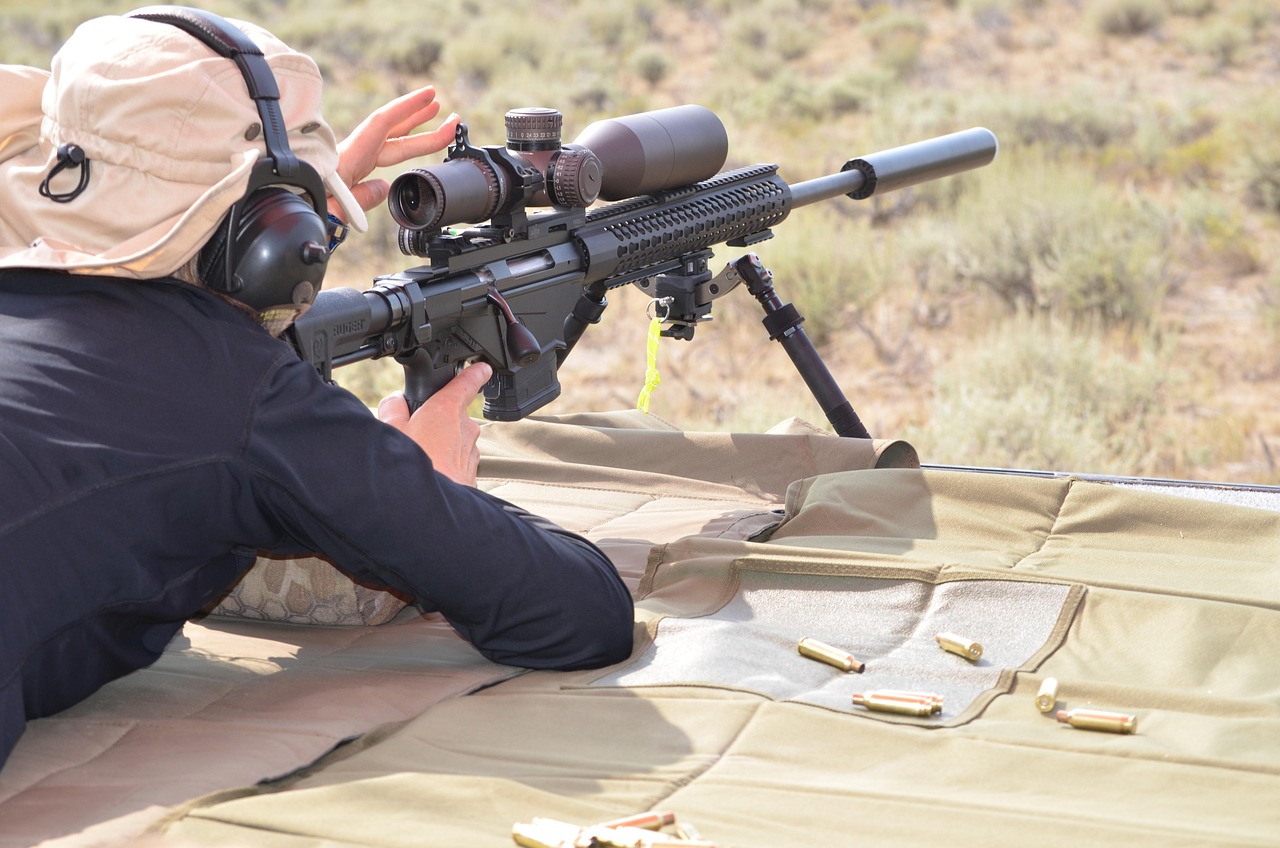How to Select a Rifle Scope: A Practical Deep Dive
Choosing a rifle scope isn’t just about magnification or price—it’s about matching your optic to your mission. Whether you’re hunting elk in timber, punching paper at 600 yards, or building a versatile truck gun, the right scope enhances your effectiveness and confidence. This guide breaks down the key factors to consider, cuts through marketing noise, and helps you make a principled, performance-driven choice.
1. Define Your Use Case First
Before you even look at brands or specs, ask: What will this rifle do most often?
- Big Game Hunting (100–300 yards): Prioritize low-light performance, durability, and fast target acquisition. A 3–9×40 or 2–10×42 is often ideal.
- Long-Range Precision (500+ yards): You’ll need higher magnification (4–16x, 5–25x), exposed turrets, and a reticle that supports holdovers and windage.
- Timber or Brush Hunting: Go low-power. A 1–4x or 1–6x LPVO (Low Power Variable Optic) or even a fixed 4x scope gives speed and simplicity.
- General Purpose / Truck Gun: A 2–7x or 3–9x with a simple duplex reticle offers flexibility without overcomplication.
Your scope should serve your rifle’s role—not the other way around.
2. Magnification: Don’t Overdo It
Magnification sells scopes, but it’s often misunderstood. More zoom doesn’t mean more capability—it can mean slower target acquisition, narrower field of view, and worse low-light performance.
- Low Power (1–4x): Ideal for fast shots, close-range hunting, and defensive use.
- Mid Power (3–9x, 2–10x): Versatile for most hunting scenarios.
- High Power (4–16x, 5–25x): Best for long-range shooting, but overkill for most field use.
A good rule: Use the lowest magnification that lets you confidently identify and engage your target.

3. Objective Lens Diameter: Bigger Isn’t Always Better
The objective lens (the front glass) affects light transmission and image brightness. But bigger lenses mean heavier scopes, higher mounting, and more bulk.
- 40–44mm: Balanced for most hunting and general use.
- 50mm+: Useful in low light, but adds weight and requires higher rings.
- Under 32mm: Compact and lightweight, but limited brightness at dusk/dawn.
Don’t chase size—chase clarity and usability.
4. Tube Diameter: 1-Inch vs. 30mm vs. 34mm
Tube diameter affects adjustment range and durability.
- 1-Inch Tubes: Common, lightweight, and sufficient for most hunting.
- 30mm Tubes: More internal adjustment, better for long-range or tactical use.
- 34mm+: Niche use—heavy, expensive, and often overkill unless you’re dialing for extreme distances.
Match tube size to your need for elevation/windage adjustment—not marketing hype.
5. Reticle Type: Keep It Functional
Reticles are where many shooters get lost. Choose one that supports your shooting style and range.
- Duplex / Simple Crosshair: Fast, uncluttered, perfect for hunting.
- BDC (Bullet Drop Compensation): Pre-calibrated holdovers—handy but often generic.
- Mil-Dot / MOA Grid: Ideal for precision shooting and range estimation.
- Christmas Tree / Horus-style: Advanced reticles for long-range and wind calls—great if you train with them.
Also consider reticle location:
- Second Focal Plane (SFP): Reticle stays the same size—better for hunting.
- First Focal Plane (FFP): Reticle scales with magnification—essential for accurate holdovers at any zoom.
6. Turrets: Capped vs. Exposed
Turrets control elevation and windage adjustments.
- Capped Turrets: Protected from accidental movement—ideal for hunting.
- Exposed / Tactical Turrets: Easy to dial for long-range shots—great for precision shooters.
Look for repeatability and zero stop features if you plan to dial often. Sloppy turrets ruin good scopes.

7. Glass Quality and Coatings
This is where budget meets reality. Better glass means better clarity, contrast, and low-light performance.
- Fully Multi-Coated Lenses: Minimum standard—reduces glare and improves light transmission.
- HD / ED Glass: Higher-end options with better color fidelity and edge-to-edge sharpness.
You can’t fix bad glass with magnification. If you’re choosing between features and glass quality—pick glass.
8. Durability and Weatherproofing
Your scope should survive the hunt, not just the range.
- Shockproof: Can handle recoil and rough handling.
- Waterproof / Fogproof: Nitrogen or argon purged tubes prevent internal fogging.
- Scratch-Resistant Coatings: Protect lenses from brush and debris.
Check for a lifetime warranty—many reputable brands stand behind their optics.
9. Mounting Matters
Even the best scope fails with a bad mount.
- Use quality rings matched to your tube diameter.
- Ensure proper torque (typically 15–20 in-lbs for ring screws).
- Consider one-piece mounts for tactical builds or lightweight rings for hunting rifles.
Always lap your rings or use precision mounts to avoid stressing the tube.

10. Budget: Spend Smart, Not Big
You don’t need a $2,000 scope to hunt ethically or shoot well. But you do need reliability.
- Under $300: Vortex Diamondback, Burris Fullfield, Bushnell Prime—solid for hunting.
- $300–$600: Leupold VX-Freedom, Primary Arms GLx, Maven CRS—great balance of quality and features.
- $600+: Trijicon Credo, Nightforce SHV, Zeiss Conquest—premium glass and build.
Spend according to your mission. Don’t let price tags dictate your confidence.
Final Thoughts
Selecting a rifle scope is about matching gear to purpose—not chasing trends. Know your mission, understand your terrain, and choose optics that enhance your effectiveness without complicating your setup. Whether you’re glassing a bull elk at dawn or zeroing at 100 yards, the right scope should feel like an extension of your rifle—not a distraction.
Please support us on Patreon so we can continue to bring you more and better content. Plus, get our comprehensive guide to hunting cartridges*: https://patreon.com/locacarnivorehunter
Don’t forget to click on the “Store” tab above for great LocaCarnivore gifts and merchandise!
At time of publication, LocaCarnivore had no commercial interests in any products or brands mentioned in this video.
Always obtain firearms training from a qualified instructor.
*Book available when you contribute at the appropriate level.











